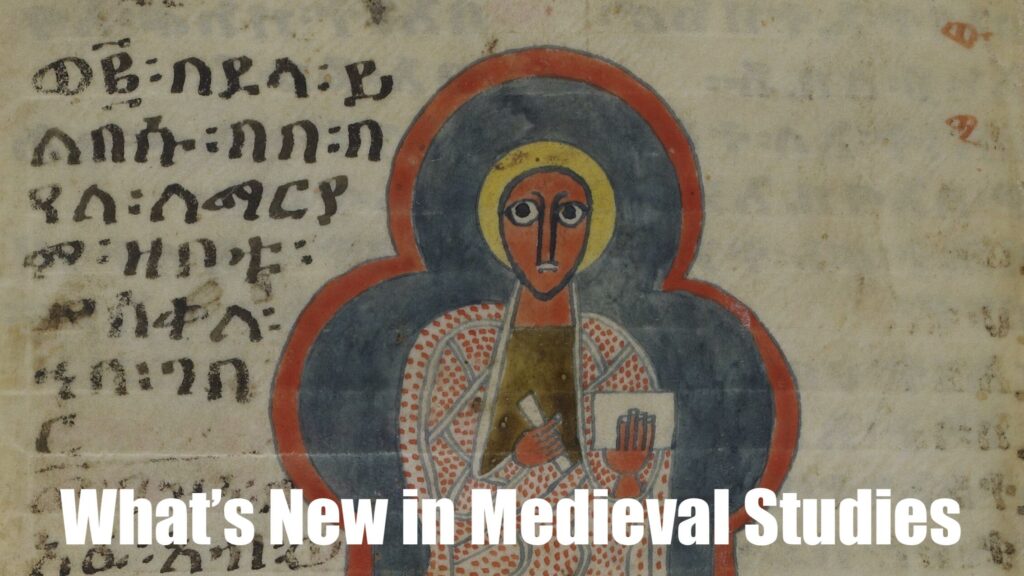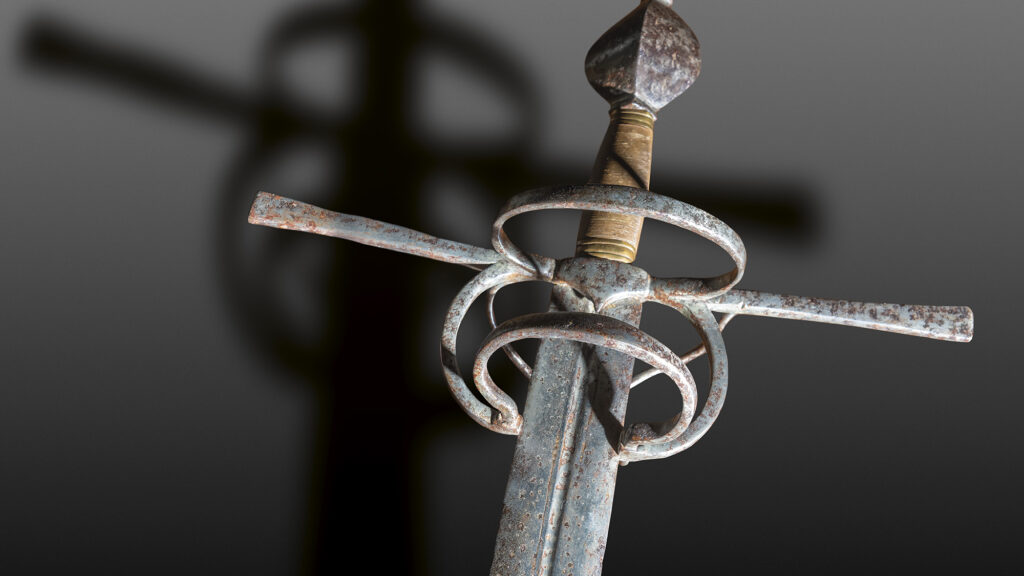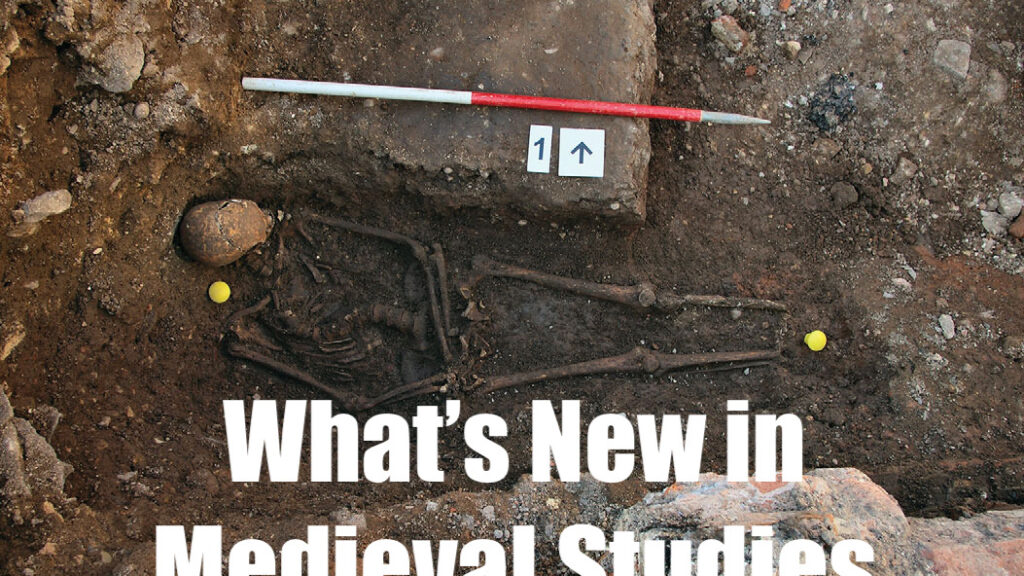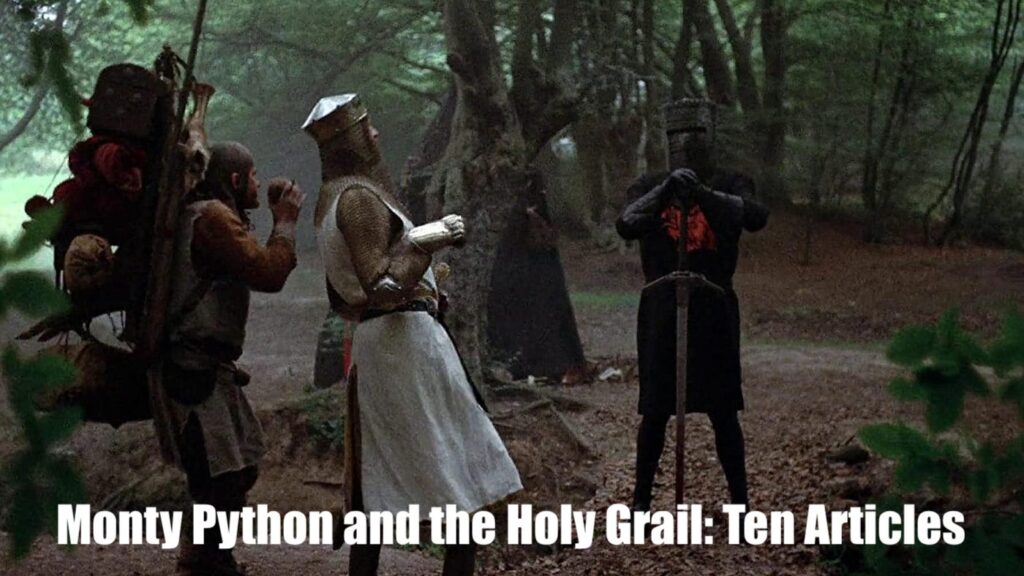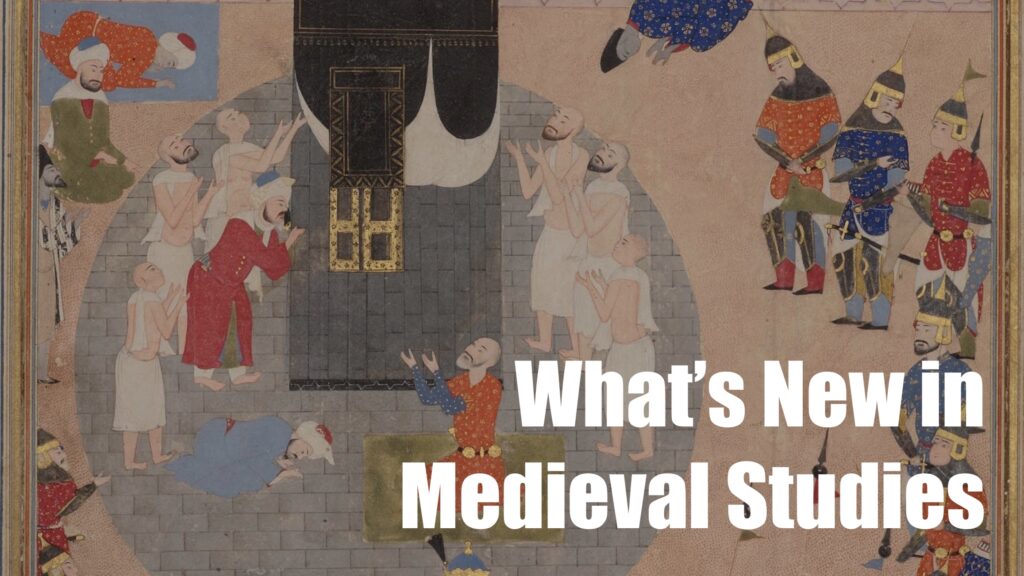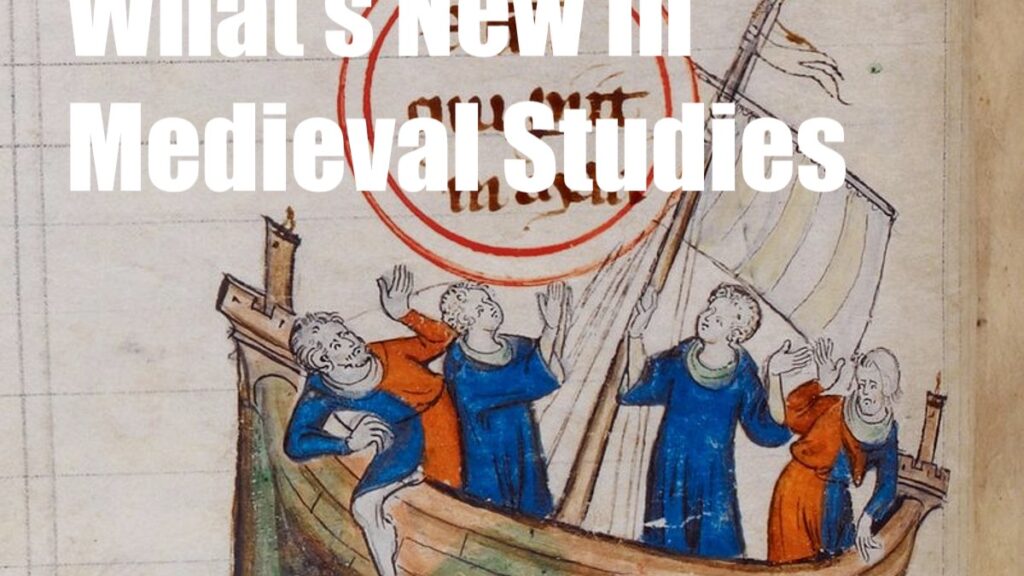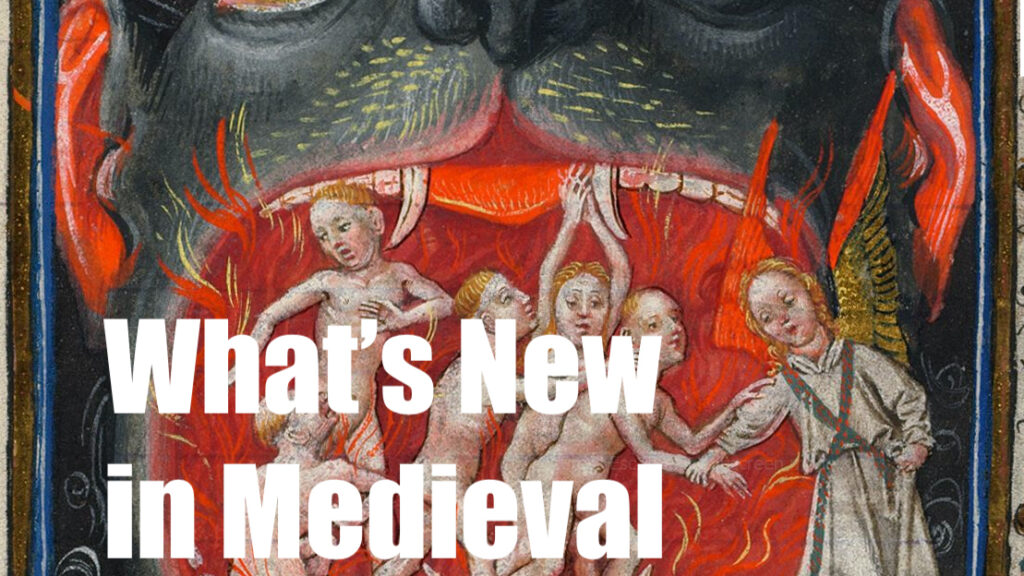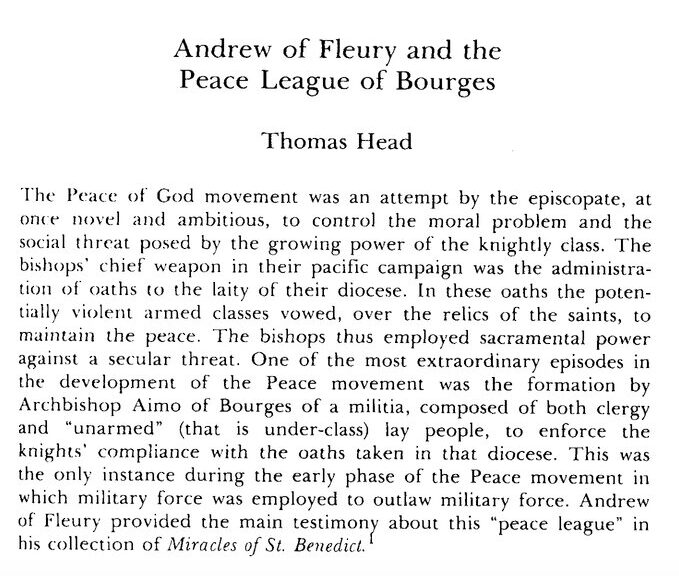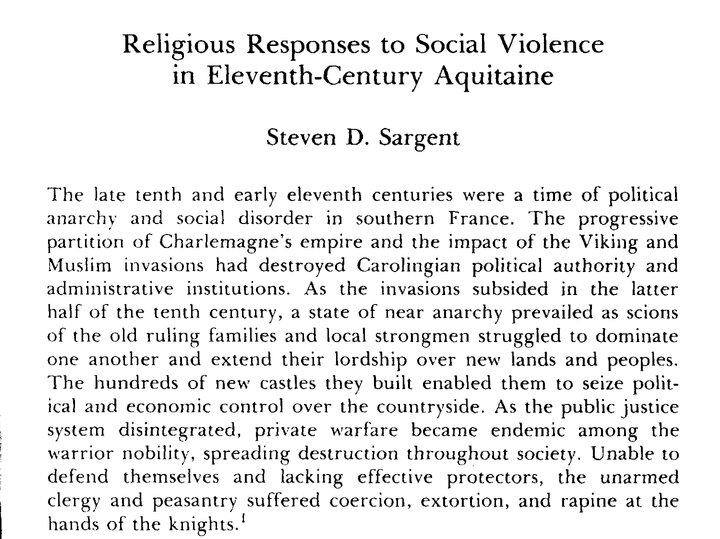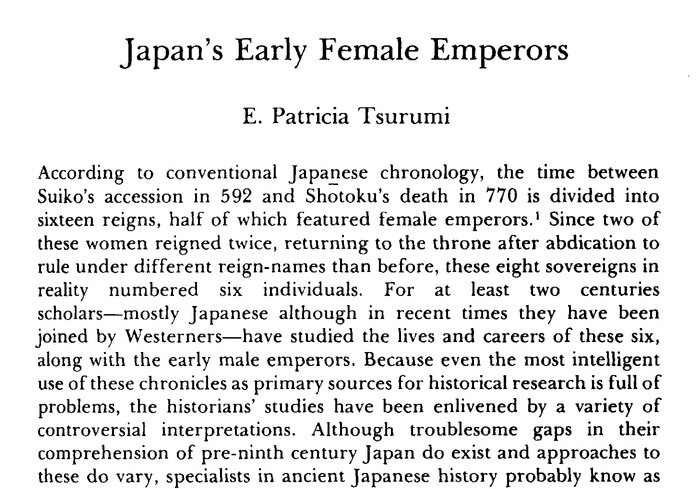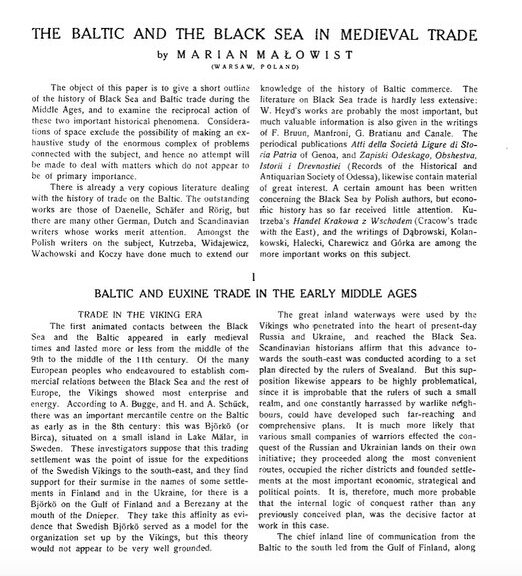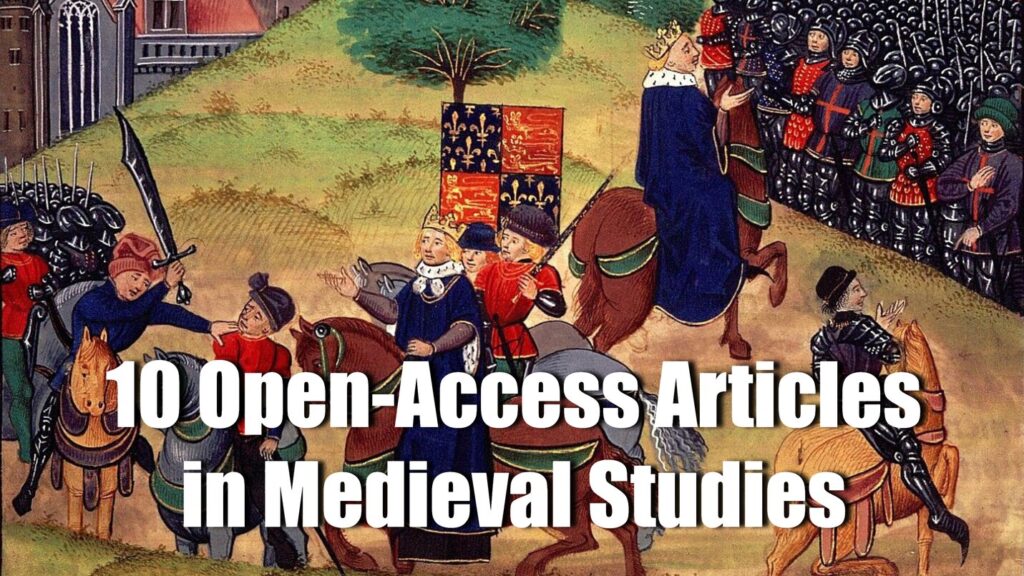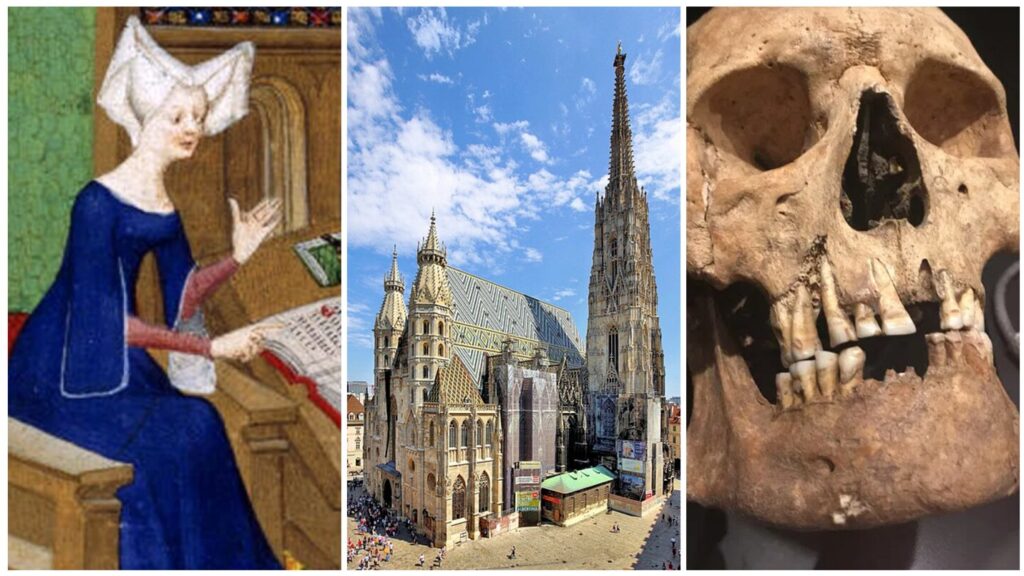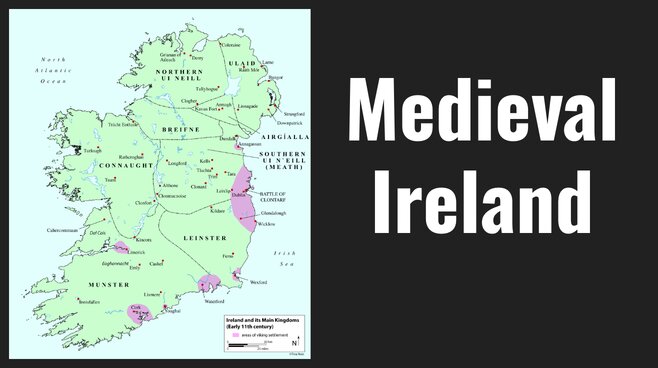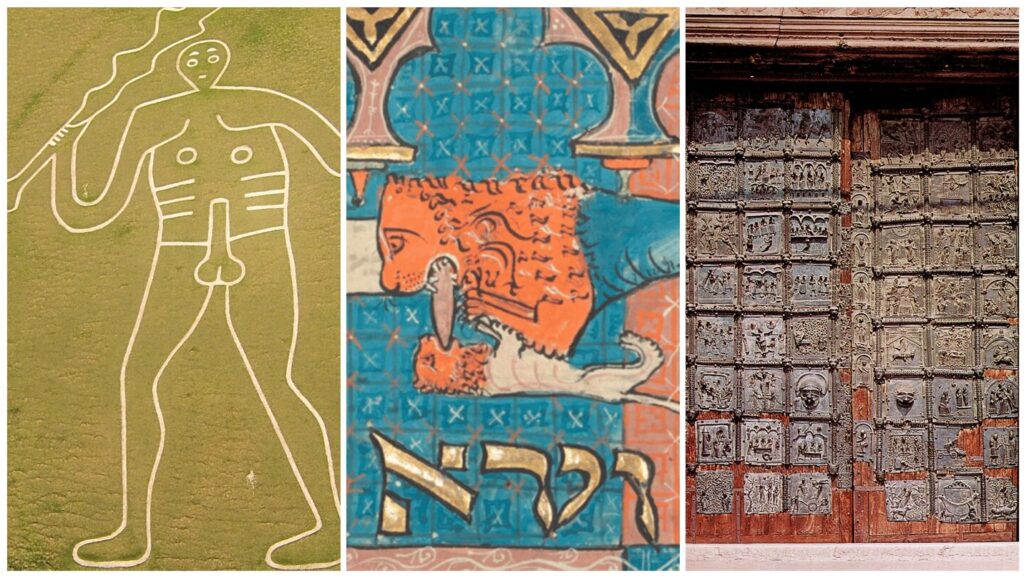10 Medieval Studies’ Articles Published Last Month
What’s new in medieval studies? Here are ten open-access articles published in May, which range from female spies to sea voyages.
De Valette’s Sword and Hat: New Evidence
A new study sheds light on the authenticity of Grand Master Jean de Valette’s sword and hat, revealing early written evidence and centuries of historical references to these iconic relics of the Great Siege of Malta.
10 Medieval Studies’ Articles Published Last Month
What’s new in medieval studies? Here are ten open-access articles published in April, which range from a new look at Richard III to dog tricks in Byzantium.
Ten Articles about Monty Python and the Holy Grail
This month marks the 50th anniversary of Monty Python and the Holy Grail, the 1975 comedy that has become a cult favourite and…
10 Medieval Studies’ Articles Published Last Month
What’s new in medieval studies? Here are ten open-access articles published in March, which range from dealing with rioters in late medieval England to a bog dress.
10 Medieval Studies’ Articles Published Last Month
What’s new in medieval studies? Here are ten open-access articles published in February, which range from plague in Baghdad to the inquisition in Bologna.
10 Medieval Articles from the journals of the Royal Society
Here are ten fascinating articles from the Royal Society’s journals that shed light on the Middle Ages.
10 Medieval Studies’ Articles Published Last Month
What’s new in medieval studies? Here are ten open-access articles published in January, which range from the population of Iceland to dual use furniture in a Czech church.
10 Medieval Studies’ Articles Published Last Month
What’s new in medieval studies? Here are ten open-access articles published in December, which range from the Norse in Greenland to the Wreck of the White Ship.
10 Medieval Studies’ Articles Published Last Month
What’s new in medieval studies? Here are ten open-access articles published in November, which tell us about topics including rental disputes in Paris and Chaucer’s use of food.
10 Medieval Studies’ Articles Published Last Month
What’s new in medieval studies? Here are ten open-access articles published in October, which tell us about topics including looking at manuscripts to the denizens of hell.
10 Medieval Studies’ Articles Published Last Month
What’s new in medieval studies? Here are ten open-access articles published in September, which tell us about topics including the dietary habits of Florentines and the rediscovery of an African empire.
10 Medieval Studies’ Articles Published Last Month
What’s new in medieval studies? Here are ten open-access articles published in August, which tell us about topics including weddings in manuscripts and how the Middle Ages is reflected in the Russian-Ukrainian war.
Andrew of Fleury and the Peace League of Bourges
One of the most extraordinary episodes in the development of the Peace movement was the formation by Archbishop Aimo of Bourges of a militia, composed of both clergy and “unarmed” (that is under-class) lay people, to enforce the knights’ compliance with the oaths taken in that diocese.
Religious Responses to Social Violence in Eleventh-Century Aquitaine
The late tenth and early eleventh centuries were a time of political anarchy and social disorder in southern France.
Japan’s Early Female Emperors
According to conventional Japanese chronology, the time between Suiko’s accession in 592 and Shotoku’s death in 770 is divided into sixteen reigns, half of which featured female emperors.
The Baltic and the Black Sea in Medieval Trade
The object of this paper is to give a short outline of the history of Black Sea and Baltic trade during the Middle Ages, and to examine the reciprocal action of these two important historical phenomena.
10 Medieval Studies’ Articles Published Last Month
What’s new in medieval studies? Here are ten open-access articles published in July, which tell us about topics including heretical purse-makers and drowned villages.
10 Medieval Studies’ Articles Published Last Month
What’s new in medieval studies? Here are ten open-access articles published in June, which tell us about topics including which Vikings were the most violent and how much did people like the Prayer Book of Mary of Guelders in the 19th century.
From Wikipedia to The Great: 10 Medieval Studies’ Articles Published Last Month
What’s new in medieval studies? Here are ten open-access articles published in May, which tell us about topics including Christine de Pizan, William of Poitiers and Sir Gawain and the Green Knight.
From Beowulf to the First Crusade: 10 Medieval Studies’ Articles Published Last Month
What’s new in medieval studies? Here are ten articles published in April, which tell us about topics including dealing with guests in Sweden to trade in Ethiopia.
From Flails to Scandals: 10 Medieval Studies’ Articles Published Last Month
What’s new in medieval studies? Here are ten articles published in March, which tell us about topics including the Bayeux Tapestry and Louis the Stammerer.
From Modified Skulls to Schools of Knights: 10 Medieval Studies’ Articles Published Last Month
What’s new in medieval studies? Here are ten articles published in February, which tell us about topics including Viking filed teeth, Japanese ghosts and Gothic church towers.
Medieval Ireland: Ten Articles
Are you interested in Ireland in the Middle Ages? Here are ten recent articles that examine Ireland’s medieval history, all of which can be read for free.
From a Giant to a Wrecked Ship: 10 Medieval Studies’ Articles Published Last Month
What is new in medieval studies? Here are ten articles published in January, which tell us about topics including Bestiaries, Bridget and Baḥrīyah.
